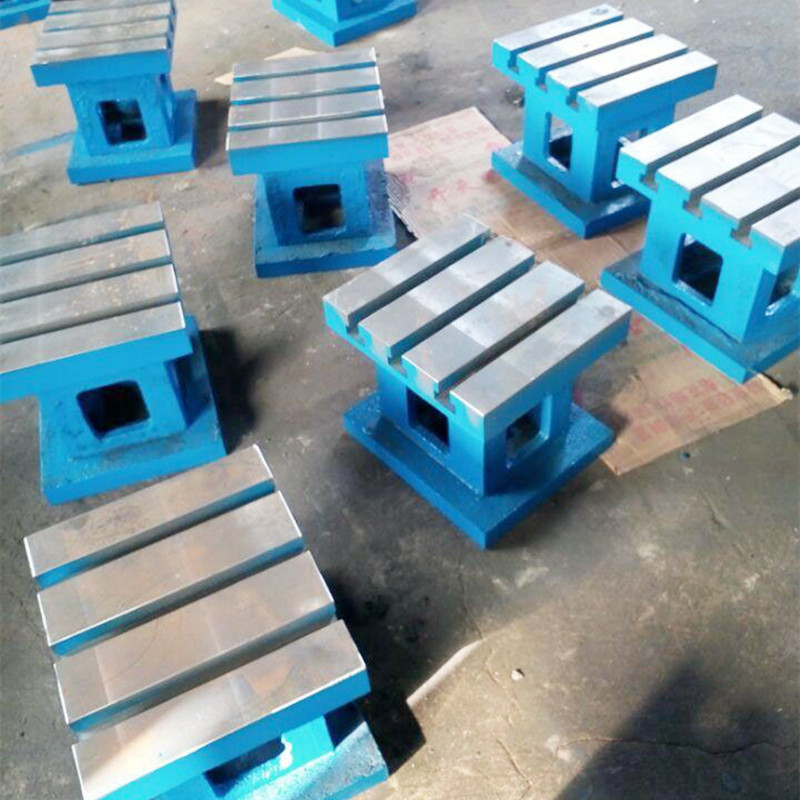Jul . 26, 2024 09:33 Back to list
Versatile Wood Connector Brackets for Durable and Secure Construction in Various Projects
Understanding Wood Connector Brackets Essential Components for Woodworking Projects
In the realm of woodworking, achieving structural integrity and aesthetic appeal is paramount. Whether you are constructing furniture, frameworks, or intricate wooden structures, the role of wood connector brackets cannot be understated. These seemingly simple components are critical to ensuring that wooden pieces fit together securely, withstand load stresses, and maintain the desired design.
What Are Wood Connector Brackets?
Wood connector brackets are specialized hardware designed to join two or more pieces of wood. They can be made of various materials, including metal, plastic, and even wood itself, depending on the desired strength and appearance. These brackets come in a variety of shapes and sizes, catering to multiple woodworking projects. Common configurations include L-brackets, T-brackets, corner braces, and more intricate designs that can accommodate specific joints or angles.
Types of Wood Connector Brackets
1. L-Brackets One of the most common types, L-brackets are used to reinforce corners. These brackets provide stability for structures such as bookshelves, cabinets, or frames.
2. T-Brackets Useful for connecting long beams or boards, T-brackets provide a strong joint when strands of wood need to intersect or support one another.
3. Corner Braces Generally used in conjunction with larger furniture pieces, corner braces strengthen the corners of cabinets or tables, preventing racking and wobbling.
4. Hidden Brackets For those desiring a clean finish, hidden brackets are designed to be installed out of sight. They provide support while maintaining the visual appeal of the wooden structure.
Benefits of Using Wood Connector Brackets
Using these brackets offers several advantages that can improve the functionality and durability of your projects
- Structural Integrity Wood connector brackets significantly enhance the strength and stability of joints
. They spread the load evenly and help prevent joint failure, particularly under heavy stress.wood connector brackets

- Ease of Assembly Brackets simplify the assembly process, allowing woodworkers to join pieces quickly and efficiently. This convenience is particularly beneficial for larger projects where precision is crucial.
- Versatility With a plethora of styles and sizes available, wood connector brackets can be utilized in various applications, from indoor furniture to outdoor structures.
- Cost-Effectiveness Compared to other joining methods, such as complex woodworking joints, using brackets can be a more economical solution, especially for DIY enthusiasts.
Choosing the Right Wood Connector Brackets
When selecting wood connector brackets, consider the following factors
- Load Requirements Assess the weight and stress that the joint will bear. Opt for heavy-duty brackets for larger or more demanding constructions.
- Material Compatibility Ensure that the bracket material complements the wood type. Metal brackets, for instance, can provide much-needed strength but may require careful consideration to avoid corrosion.
- Finish and Aesthetics If visibility is a concern, choose brackets that match the finish of your project, or consider hidden options to maintain the piece's visual appeal.
- Ease of Installation Look for brackets that come with pre-drilled holes or those that are easy to install to streamline your assembly process.
Conclusion
Wood connector brackets are indispensable tools in the world of woodworking. They blend functionality with ease of use, allowing for a variety of applications from furniture making to larger construction projects. By understanding their types, benefits, and considerations for selection, woodworkers can enhance the durability and aesthetic of their projects, ensuring that their craftsmanship stands the test of time. Whether you're a seasoned pro or an enthusiastic novice, investing in quality wood connector brackets can lead to significantly improved outcomes in your woodworking endeavors.
-
Water Valve Gate Design Prevents Leakage and CorrosionNewsJul.11,2025
-
Steel Fab Table Features Reinforced Construction for LongevityNewsJul.11,2025
-
Specialized Valve Designs for High Pressure SystemsNewsJul.11,2025
-
Machinist Gauge Pins Feature Ground and Lapped FinishesNewsJul.11,2025
-
Hose Check Valve Prevents Backflow in Irrigation LinesNewsJul.11,2025
-
Durable Micrometer Tools Withstand Heavy Workshop UseNewsJul.11,2025
Related PRODUCTS









